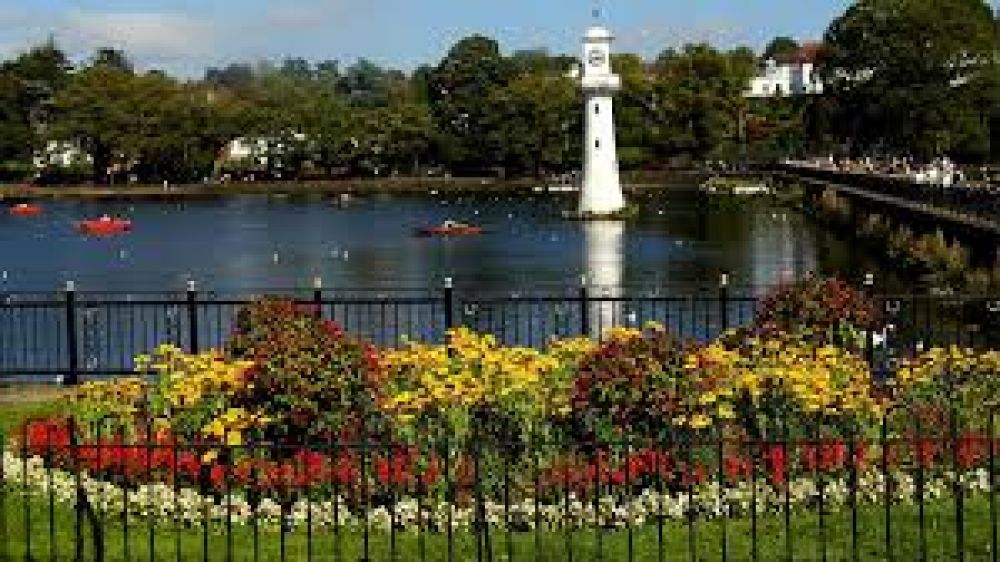

Roath Park, located in the vibrant city of Cardiff, has been a jewel in the crown of the local community and a beloved destination for visitors since its inception. Its history stretches back to 1894 when it was officially opened to the public, offering a peaceful escape from the urban bustle of the city.
The park quickly became a favorite among Victorian and Edwardian locals who sought out the idyllic landscapes that Roath Park offered. With the introduction of the park's centerpiece, the man-made lake, which was filled in 1896, it wasn't long before the charming setting of Roath Park rose to prominence on postcards, paintings, and in the literary descriptions of the day.
In the early 20th century, the park expanded its offerings, establishing itself not merely as a retreat but as a hub for leisure and community activities. From the establishment of the Scott Memorial Lighthouse in 1915 in memory of Captain Scott of the Antarctic to the botanical conservatory added later, Roath Park has consistently developed its landscape and facilities to cater to an evolving audience.
During the war years, Roath Park underwent dramatic changes—as did much of the country—when parts of it were repurposed for the war effort. Nevertheless, its core as a community space remained, and post-war efforts saw the park restored to its former glory, re-affirming its place in the hearts of the Cardiff populace.
In recent years, health and wellness tourism has become exceedingly popular, and Roath Park—with its expansive grounds, sports facilities, and the verdant Conservatory—has perfectly aligned with these trends. The park encourages activities such as jogging, cycling, and bird-watching, which are popular among today's eco-conscious travelers.
Families also make up a significant portion of the park's visitors, drawn by attractions like the playgrounds and the ability to feed the ducks and swans at the lake. The park's commitment to maintaining biodiversity and providing educational experiences about the local ecosystem has also been an appealing factor for tourists focused on sustainability and eco-tourism.
In recent times, Roath Park's tourism appeal has been buoyed by the overall surge in interest in outdoor and green spaces, partly due to the global re-evaluation of outdoor spaces following the COVID-19 pandemic. People are seeking out destinations that offer not just beauty and leisure but also safety and open-air environments where social distancing can be easily maintained.
With an eye on the future, Roath Park continues to enchant visitors with its seasonal floral displays, a variety of wildlife, and historical structures that speak to the park's storied past. It remains a mainstay of Cardiff's tourism offerings, seamlessly combining historical charm with the contemporary expectations of tourists from all walks of life.
The historic Roath Park in Cardiff has journeyed from Victorian pastime to a symbol of modern urban green space. It remains a testament to the city's foresight in preserving natural havens for public enjoyment and well-being. For visitors, Roath Park is not just a place to see, but a space to experience the tranquil beauty that has been, and continues to be, a cherished part of Cardiff's heritage.